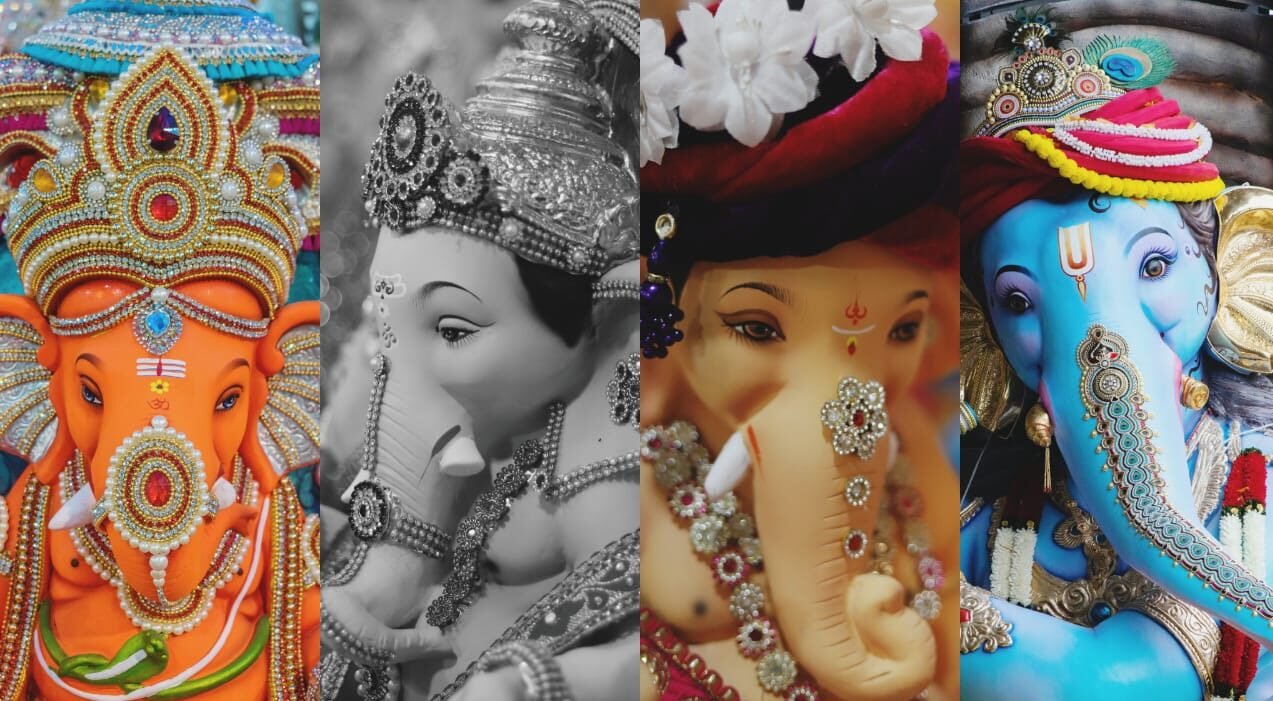“Vinayaka Chavithi: 5 Powerful Ways to Celebrate the Festival’s Significance”

“Vinayaka Chavithi : Significance and Celebrations”
Introduction to Vinayaka Chavithi
- Vinayaka Chavithi, also known as Ganesh Chaturthi, is a widely celebrated Hindu festival dedicated to Lord Ganesha, the elephant-headed god of wisdom, prosperity, and new beginnings. This festival holds immense significance in various regions of India, particularly in Maharashtra, Karnataka, Telangana, and Andhra Pradesh. Below is an elaborated article discussing various aspects of Vinayaka Chavithi, its significance, the story behind the festival, and how it is celebrated
Significance of Vinayaka Chavithi
- The significance of Vinayaka Chavithi lies in its association with Lord Ganesha, who is considered the harbinger of good fortune, knowledge, and success. Devotees believe that worshiping Lord Ganesha on this day helps in removing obstacles from their lives and ensures a successful and prosperous future. The festival is also seen as a time to seek the blessings of the deity for new ventures, be it starting a business, a new job, or an important journey
The Story Behind Vinayaka Chavithi
The story of Vinayaka Chavithi is deeply rooted in Hindu mythology. According to one popular legend, Goddess Parvati created Ganesha out of the sandalwood paste she used for bathing. She breathed life into the figure and instructed him to guard the entrance while she bathed. When Lord Shiva, Parvati’s husband, returned home, Ganesha, unaware of who Shiva was, refused to let him enter. This enraged Shiva, who, in his anger, severed Ganesha’s head.
When Parvati discovered what had happened, she was heartbroken and demanded that her son be brought back to life. Shiva, realizing his mistake, promised to bring Ganesha back to life. He instructed his followers (the ganas) to find a head of any creature that was facing north. They returned with the head of a young elephant, which Shiva placed on Ganesha’s body, thus bringing him back to life. From that day onward, Ganesha was declared the most important of gods, and his blessings were sought before any new venture.
Why is it Called Vinayaka Chavithi?
The name “Vinayaka” is another name for Ganesha, signifying “one who removes obstacles” (Vighna Vinayaka). “Chavithi” refers to the fourth day of the lunar fortnight in the Hindu calendar. Hence, the festival is called Vinayaka Chavithi, signifying the celebration of Ganesha’s birth on the fourth day of the waxing moon period.

Who Celebrates Vinayaka Chavithi?
Vinayaka Chavithi is celebrated by Hindus across India and in many parts of the world where Hindu communities are present. The festival is particularly popular in the states of Maharashtra, Karnataka, Telangana, and Andhra Pradesh. In Maharashtra, the festival is a grand affair, with elaborate processions, large idols, and public celebrations that last for ten days. In other states like Karnataka and Andhra Pradesh, the festival is celebrated both at home and in public spaces, with families performing rituals and offering prayers to Lord Ganesha.
Where is it Celebrated Nicely?
Vinayaka Chavithi is celebrated with great fervor across many parts of India, but some places stand out for their grand celebrations:
- Mumbai, Maharashtra: The city is known for its massive public celebrations, with large Ganesha idols being installed in pandals (temporary structures) across the city. The famous Lalbaugcha Raja in Mumbai attracts millions of devotees each year.
- Pune, Maharashtra: Another city in Maharashtra that is known for its traditional and grand celebrations. The Dagdusheth Halwai Ganapati temple is particularly famous.
- Hyderabad, Telangana: In Hyderabad, the Khairatabad Ganesha is one of the tallest and most popular idols, drawing thousands of visitors.
- Bengaluru, Karnataka: The city witnesses grand celebrations with community events and large idols being installed in various localities.
- Chennai, Tamil Nadu: Although primarily celebrated at home, public celebrations are also becoming popular in Chennai, with large idols and processions.
Rituals and Celebrations
The rituals of Vinayaka Chavithi are performed with great devotion, beginning with the installation of a Ganesha idol at home or in public pandals. The idol is usually made of clay, though in recent years, eco-friendly idols made of natural materials have become popular to reduce environmental impact.
1. Puja (Worship):
- The puja begins with the pranapratishtha, a ritual to invoke life into the idol, followed by the shodashopachara, or the 16 forms of paying tribute.
- Offerings such as modaks (sweet dumplings), which are considered Ganesha’s favorite, along with other sweets like laddu, are made to the deity.
- Devotees chant hymns and prayers, such as the Ganesh Atharvashirsha, seeking the blessings of Lord Ganesha.
2. Visarjan (Immersion):
- The festival concludes with the immersion of the Ganesha idol in a water body, symbolizing the return of the deity to his abode after removing the obstacles from the lives of his devotees.
- In some regions, the immersion process is accompanied by grand processions, music, and dancing, making it a communal celebration.
Environmental Concerns and Eco-friendly Celebrations
Over the years, the celebration of Vinayaka Chavithi has raised environmental concerns, particularly regarding the immersion of idols made from non-biodegradable materials in water bodies. The chemical paints used in these idols have been known to pollute water sources, harming aquatic life and the environment.
In response, there has been a growing movement towards eco-friendly celebrations. Many devotees now opt for idols made from clay, natural dyes, and organic materials, which dissolve easily in water without causing harm. Additionally, some communities have started practicing symbolic immersions, where only a small portion of the idol is immersed, or the idol is kept for the following year.
The Evolution of Vinayaka Chavithi
Vinayaka Chavithi has evolved significantly over the centuries. Historically, the festival was a private affair, celebrated at home with family members. However, during the late 19th century, the great Indian freedom fighter Lokmanya Tilak transformed the festival into a public event to unite people against British rule. He saw the festival as an opportunity to bring people together, transcending caste and religious boundaries, to foster a sense of nationalism and solidarity.
Since then, the festival has grown in scale, with public celebrations becoming more elaborate and inclusive. Today, Vinayaka Chavithi is not just a religious event but also a cultural and social festival, with community activities, cultural performances, and charitable events being organized during the ten-day celebration.
Conclusion
Vinayaka Chavithi, or Ganesh Chaturthi, is a festival that beautifully blends religious devotion with cultural celebration. It is a time for families to come together, for communities to unite, and for individuals to seek the blessings of Lord Ganesha for wisdom, prosperity, and the removal of obstacles. The festival’s evolution from a private, home-based ritual to a grand public celebration is a testament to its enduring significance in Indian culture.
As the festival continues to evolve, there is a growing emphasis on celebrating in an environmentally sustainable manner, ensuring that the blessings of Lord Ganesha do not come at the cost of harming the earth. Whether celebrated at home or in public, Vinayaka Chavithi remains a vibrant and joyful festival that holds a special place in the hearts of millions.





1 thought on ““Vinayaka Chavithi: 5 Powerful Ways to Celebrate the Festival’s Significance””